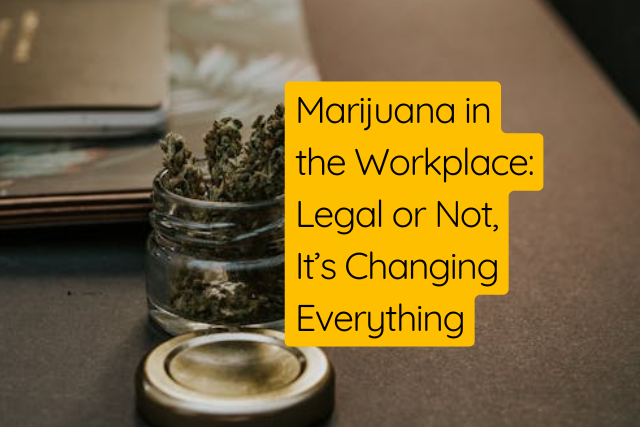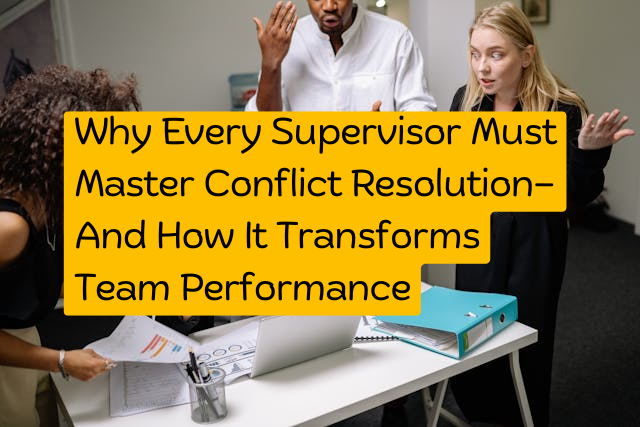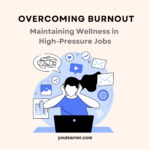The Green Dilemma Facing Today’s Employers
As more U.S. states legalize marijuana for both medical and recreational use, employers are finding themselves caught in a legal and cultural tug-of-war. What was once a clear-cut zero-tolerance issue has become increasingly complex.
- Can you fire someone for being high at work if they have a medical card?
- What if your state legalized it, but federal law still says it’s illegal?
- How do you balance safety, performance, and employee rights?
This blog post dives into the legal, operational, and cultural impact of marijuana in the workplace, with practical strategies for employers navigating this rapidly evolving landscape.
🧭 1. Legal Landscape: Federal vs. State Law
🚫 Federal Status
Under the Controlled Substances Act, marijuana remains a Schedule I drug, putting it in the same class as heroin and LSD. That means:
- It is illegal to manufacture, possess, or distribute under federal law
- Federal agencies (including the Department of Transportation) still prohibit its use for safety-sensitive positions
✅ State Laws Differ—A Lot
As of 2025:
- 38+ states allow medical marijuana
- 24+ states allow recreational use
- Some states protect off-duty use, others don’t
This legal mismatch creates huge headaches for HR and legal departments—especially for companies operating across multiple states.
🧩 2. What This Means for Employers
You Can Still Prohibit Use at Work
Even in states where marijuana is legal, employers can ban on-the-job use and impairment, just like alcohol.
Medical Use Adds Complexity
In some states, medical marijuana users have legal protections. You may:
- Need to accommodate medical use (like modifying shifts)
- Be prohibited from firing someone solely for testing positive
In other states, you may not need to accommodate marijuana use at all—even for medical users.
🧪 3. Testing: The Gray Zone of Detection
Unlike Alcohol, There’s No “High Limit”
A major issue with marijuana in the workplace is that drug tests can’t measure real-time impairment.
- THC can stay in the system for days or even weeks
- Someone might test positive but not be impaired at work
Types of Drug Testing:
| Test Type | Detects THC? | Timeframe |
|---|---|---|
| Urine | Yes | 1–30 days |
| Blood | Yes | 1–2 days |
| Saliva | Yes | 24–72 hrs |
| Hair | Yes | Up to 90 days |
💡 Newer impairment detection technologies are emerging, but none are widely adopted or fully reliable yet.
🧱 4. Key Workplace Concerns
1. Safety Risks
In safety-sensitive industries (construction, logistics, healthcare), marijuana use—even off the clock—can raise serious red flags.
2. Productivity & Performance
Some employers worry that regular use could:
- Affect memory and focus
- Increase absenteeism
- Lower overall productivity
But research is mixed—and biased testing often clouds the data.
3. Workplace Culture & Morale
Younger employees may view marijuana the way older generations view coffee or wine. If the policy is overly punitive, it can damage morale and increase turnover.
⚖️ 5. Legal Cases Shaping Policy
Landmark Example:
Barbuto v. Advantage Sales & Marketing (Massachusetts)
A woman using medical marijuana for Crohn’s disease was fired after a positive test. The court ruled that reasonable accommodation should have been considered, setting a precedent for other state-level lawsuits.
Other Legal Trends:
- Several states (like New York, New Jersey, and Illinois) ban discrimination against employees for off-duty marijuana use
- Federal contractors and DOT-regulated employees remain bound to federal zero-tolerance
🧑💼 6. HR Policy Guidelines: What You Can Do (Legally)
✔️ Create or Update a Marijuana Policy
Your workplace drug policy should clearly state:
- Whether marijuana use is allowed on or off duty
- Expectations for fitness for duty
- Your stance on impairment and disciplinary measures
- Accommodation procedures for medical users
✔️ Train Managers
Supervisors should know how to:
- Identify signs of impairment
- Respond appropriately and document incidents
- Avoid bias or profiling
✔️ Use Progressive Discipline
Instead of firing over a single positive test:
- Consider behavioral interventions
- Offer Employee Assistance Programs (EAPs)
- Document performance objectively
🛑 7. What Not to Do
- ❌ Don’t assume legality = permission to use at work
- ❌ Don’t enforce outdated policies in newly legalized states
- ❌ Don’t rely on testing alone—observe behavior and document impairment
- ❌ Don’t forget ADA implications for medical users
🧠 8. Best Practices by Industry
🚧 Construction & Manufacturing
- Maintain strict drug-free policies for safety
- Require pre-employment and random testing
- Clearly outline federal DOT compliance
🧑🏫 Education & Public Sector
- Follow state-specific mandates
- Balance zero-tolerance with student safety and privacy
- Train staff on dealing with minors and suspected use
🧑💻 Office/Remote Work
- Focus on performance, not off-duty behavior
- Respect privacy while managing productivity
- Offer wellness programs for addiction support
🌍 9. Global Comparisons: How Other Countries Handle It
| Country | Status | Workplace Stance |
|---|---|---|
| Canada | Legal nationwide | Employers may prohibit on-duty use |
| Netherlands | Tolerated, not legal | Treated like alcohol in most workplaces |
| Germany | Medical only | Zero-tolerance in regulated professions |
| Australia | Legal medically | Drug-free policies widely upheld |
The U.S. remains one of the most fragmented and controversial legal environments regarding cannabis and employment.
🔮 10. The Future of Marijuana and Work
Trends to Watch:
- More state-level protections for off-duty use
- Impairment-based policies replacing blanket bans
- Rise of AI-driven detection tools for workplace impairment
- Federal decriminalization on the horizon?
Forward-thinking companies will need to balance safety with inclusion, compliance with compassion, and policy with people.
✅ Conclusion: A Green Era Demands Clear Policy
Legal marijuana is here to stay—but your workplace standards don’t have to go up in smoke. The solution isn’t to ignore the trend or crack down without nuance.
It’s to build smart, flexible, and legally sound policies that reflect your values, protect your people, and adapt to the fast-changing landscape.
It’s no longer about whether marijuana is legal. It’s about how your workplace responds—with clarity, fairness, and strategy.







